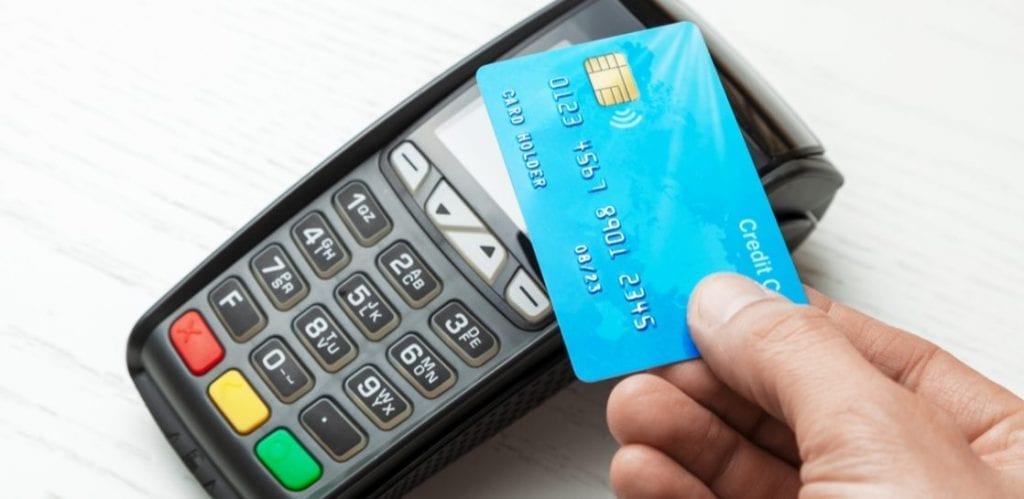Why contactless payment technology is more important than ever

Across the world the use of contactless payments is on the rise. It was reported in March 2020 that the contactless payments growth rate had doubled in Nordic countries during the first four months of 2020. Likewise, an AMEX survey also discovered a significant shift in U.S. consumer attitudes about the technology, with the number of people using contactless in stores increasing by 11% in April 2020 when compared to August 2019.
This growth is not particularly surprising due to the variety of benefits contactless transactions provide. More so than ever before, consumers are focused on reducing physical contact at the point of sale (POS) for health and safety purposes, and touchless payments allow them to buy goods without having to physically enter their PIN on a card reader.
We’ve seen an increasing number of retailers require their customers to use contactless payments to avoid having to handle cash. Visa released a series of POS terminal stickers to promote the use of contactless payments in stores, including ‘how to pay contactless’ and ‘tap to pay encouraged’. For merchants, the advantages of contactless card terminals include their portability. Cashiers can place their card terminal anywhere they want and are able to let their customers pay quickly, yet from a distance, which is impossible with cash.
For businesses who want to serve more customers, and for customers who want to make their shopping experience as quick as possible, contactless transactions also give both parties a way to make/receive payments faster, reducing the likelihood of longer queues forming. This is because making a contactless transaction is on average two times faster than using a PIN and much quicker than using cash.
These benefits have been recognized by public bodies across the world and a number of countries have decided to significantly raise the contactless payment transaction limit. Their drive to accelerate the number of contactless transactions is evident. You can find detailed information about exactly which countries have made changes to the contactless limit in 2020, here.
Going one step beyond contactless
Despite the recent raises in the contactless transaction limit, there still remains exactly that – a limit. So, for those of us that have to shop weekly for a large family, it is likely contactless won’t be an option. Wouldn’t it be great if there were another piece of technology that could solve this with no extra effort required? Well luckily now there is.
The biometric fingerprint card doesn’t place limits on contactless payment transactions. Users are securely authenticated with their fingerprint directly on their card and can enjoy the convenience of contactless for any amount – without the need for a PIN code.
In the financial services industry, being able to seamlessly and securely identify that the payments are coming from the intended user is a great innovation – with banks and customers less likely to be subject to fraud. To explain this further, from a data protection point of view, it is worth noting that all biometric data stays on the card itself and is never shared with the POS terminal or the bank (as is the case with contactless cards).
This extra level of protection that biometric payment delivers to the end-user is one of the key reasons why this innovation is gaining popularity. If you lose the card, no one else can use it, as they will not be able to authenticate any contactless transactions without having the fingerprint that is registered onto the card.
Although this technology may seem futuristic, these cards are now certified by major payment networks including Mastercard, and are ready to be used on a large-scale, after having been through many successful trials across the world. With all the benefits of contactless cards, this innovation will have a significant impact on the way we make in-store purchases going forward.
Payment needs are fundamentally changing, and the contactless limit increase sets a precedent for how this technology will continue to develop over the next few years. Demand from retailers and customers is at an all-time high and it is clear that this technology has never been more important to the financial services industry. It is now essential to ensure these payments are as secure, yet as convenient as possible, to encourage further adoption – something the biometric card will help to guarantee.
